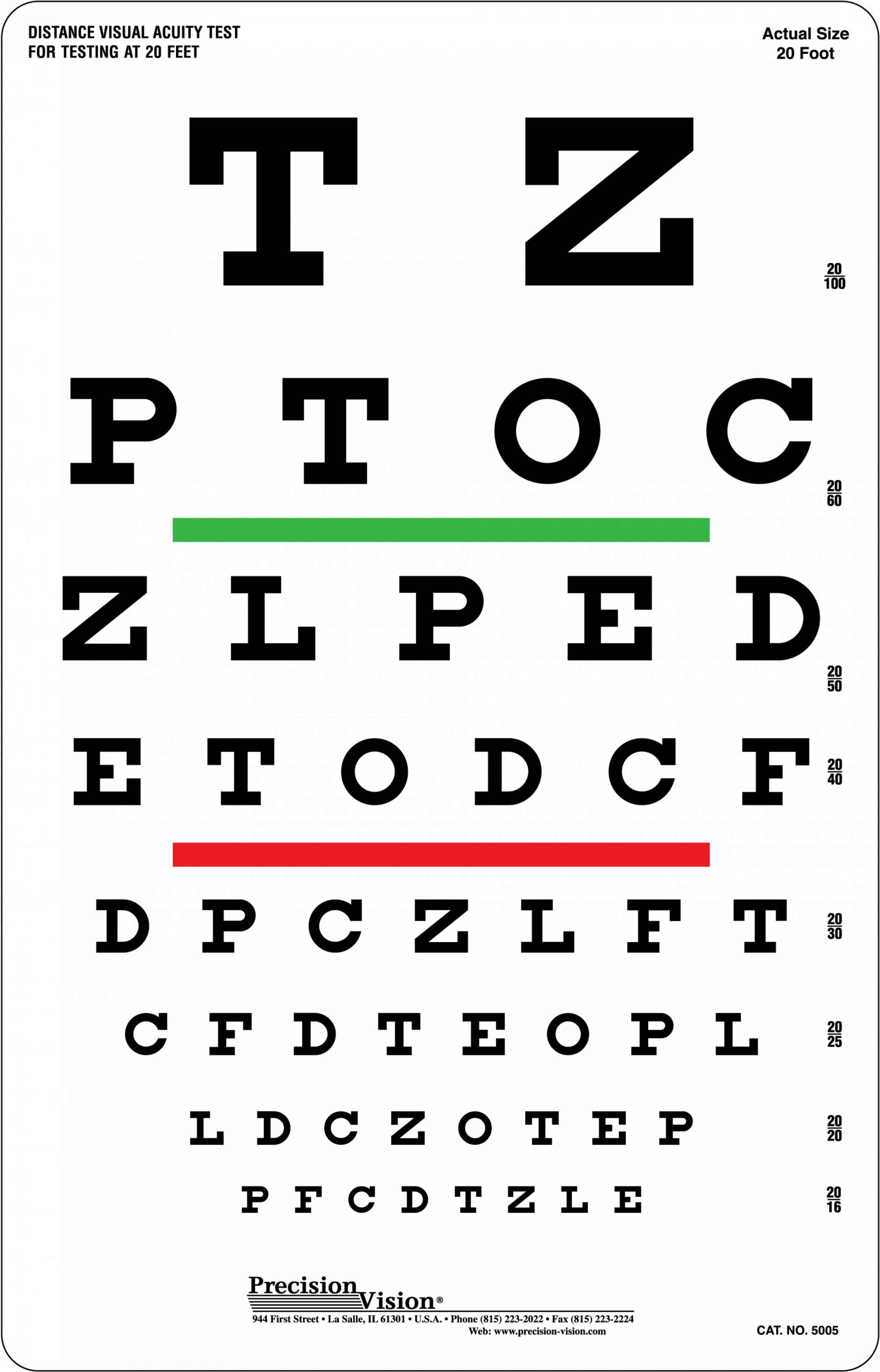Everyone experiences minor changes in their vision over time. As our bodies grow and develop, so too do our eyes. Let’s examine a scenario of someone whose prescription has fluctuated slightly between two eye tests to better understand what these results may mean.
Changes Within the Normal Range
It’s common for eye test results to vary by a small degree, even when done by the same professional using identical equipment. Slight differences of +/- 0.25 diopters are generally considered within normal test-retest variability. This appears to be the case for someone whose first exam found a prescription of +0.25 and the second -0.50. Unless other factors differed significantly between tests, a change this small is likely just natural variation.

Impact of External Factors
Many elements beyond our eyes themselves can influence test outcomes. Things like hydration, stress levels, equipment calibration and the testing environment all pose potential sources of error. Two exams conducted months apart with differing conditions certainly leave room for discrepancies within a quarter diopter range. Proper follow up is needed to determine if an actual vision shift is occurring or if external factors account for the difference.
Developmental Changes in Teenagers
An important contextual detail here is that the individual getting tested is a teenager. During adolescent growth spurts, the length and curvature of the eye can change significantly as the body develops. This physiological process is a leading cause of myopia progression in young adults. Even minor increases in nearsightedness over time are normal for many teens. Regular monitoring allows optometrists to track natural developmental shifts versus pathological conditions requiring treatment.
Distinguishing Symptoms
To truly understand which prescription best matches someone’s vision, they need to be aware of how each grade of nearsightedness or farsightedness should present. For a shift from +0.25 to -0.50 diopters, the key differences would be:
- +0.25: Slight difficulty focusing on very close objects like phones/books. Distance vision unaffected.
- -0.50: Sharpness starts degrading primarily for distant scenes over 20 feet away. Readable font sizes may appear smaller.
Noticing subtle changes in visual clarity at varying focal lengths provides valuable context about how prescription changes translate to functional consequences.
Considering Professional Guidance
When measurement variances are small, following an eye doctor’s clinical judgement is prudent. They are trained to discern meaningful refractions from insignificant fluctuations. Factors like a person’s occupation, hobbies and symptoms all factor into care recommendations beyond pure numbers. Ongoing surveillance rather than intervening for negligible shifts is often the safest approach, especially in maturing young patients. Professional oversight helps ensure visual health and quality of life are appropriately supported.
Maintaining Eye Health Over Time
Even for those with largely stable prescriptions, protecting eye health involves more than periodic exams. Lifestyle habits make a difference as well. Getting adequate antioxidant-rich nutrients, managing digital screen time, wearing UV-blocking shades outdoors and promptly treating infections all help minimize risk of preventable vision issues down the road. Ophthalmologists also continue researching new therapies that may slow nearsightedness progression in at-risk demographics. With attention to both medical care and lifestyle choices, maximizing life-long clear sightedness is achievable for many. I hope this in-depth exploration of an example refractive change helps provide context for understanding eye test results and vision health management overall. Please let me know if any part needs further explanation or expansion.

 Pursuing a Career as a National Geographic Explorer
Pursuing a Career as a National Geographic Explorer